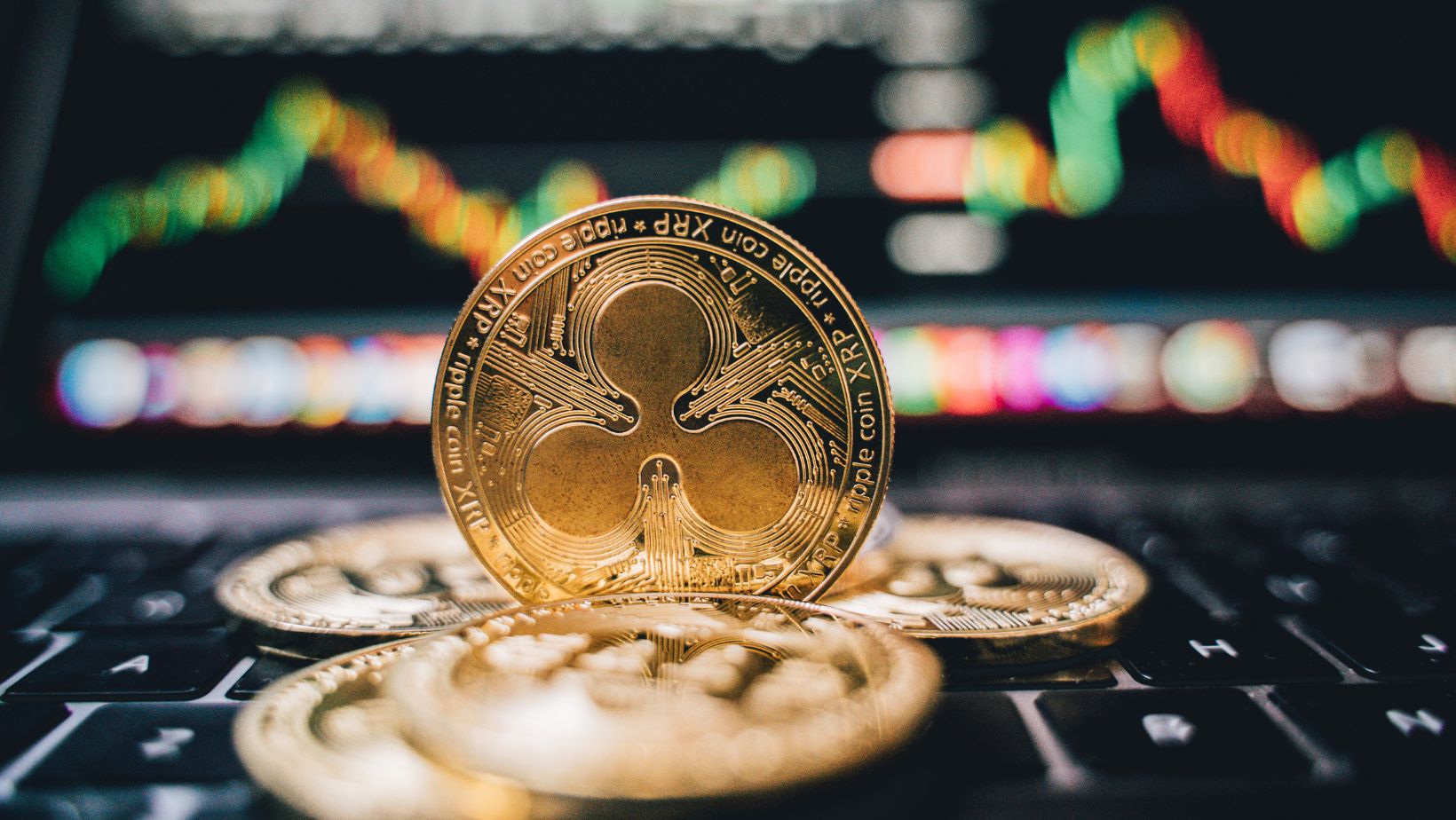Cryptocurrency arbitrage has become one of the most popular strategies among traders looking to capitalize on price inefficiencies in the market. Unlike traditional trading, which involves predicting future price movements, arbitrage exploits price discrepancies across different exchanges or trading pairs. The goal is to buy low on one platform and sell high on another, making a profit from the difference.
Due to the decentralized nature of crypto markets, price variations can occur because of liquidity differences, regional regulations, and trading volume disparities. Traders who are quick to execute trades can take advantage of these short-lived price gaps before the market corrects itself.
This article explores different types of crypto arbitrage, the risks involved, strategies to maximize profits, and the tools that can help traders succeed in this competitive landscape.
What is Crypto Arbitrage?
Crypto arbitrage refers to the practice of buying a cryptocurrency from one exchange or market at a lower price and selling it on another exchange where the price is higher. The profit comes from the difference in price, known as the spread.
Why Do Price Differences Occur?
✔ Liquidity Disparities – Some exchanges have more trading volume than others, leading to different bid-ask spreads.
✔ Regional Restrictions – Certain countries have higher or lower demand for specific cryptocurrencies.
✔ Exchange Latency – Some exchanges update prices faster than others, leading to temporary discrepancies.
✔ Fiat Currency Differences – Variations in local currency exchange rates affect crypto pricing across different markets.
Types of Crypto Arbitrage
1. Spatial Arbitrage
✔ Involves buying crypto on one exchange and selling it on another.
✔ Works best with significant price gaps between global exchanges.
Example: Bitcoin might be trading at $30,000 on Binance but $30,500 on Coinbase. A trader can buy on Binance and sell on Coinbase for a quick profit.
2. Triangular Arbitrage
✔ Involves trading between three different cryptocurrencies within the same exchange.
✔ Exploits price differences in trading pairs rather than different platforms.
Example: A trader exchanges BTC for ETH, then ETH for USDT, and finally USDT back to BTC, making a profit if the ratios are favorable.
3. Statistical Arbitrage
✔ Uses algorithmic trading and mathematical models to identify price discrepancies.
✔ Requires advanced knowledge of machine learning and statistical analysis.
Example: Trading bots execute thousands of trades per second, capturing small but consistent profits over time.
4. Decentralized Arbitrage (DEX Arbitrage)
✔ Occurs on decentralized exchanges (DEXs) like Uniswap or SushiSwap.
✔ Traders take advantage of price slippage and automated market maker (AMM) inefficiencies.
Example: A token might be cheaper on Uniswap than on PancakeSwap, allowing a trader to buy on one platform and sell on the other.
Challenges and Risks of Crypto Arbitrage
1. Trading Fees and Withdrawal Delays
✔ High trading and withdrawal fees can eat into profits, making some arbitrage opportunities unprofitable.
✔ Slow transaction times can cause price differences to disappear before a trade is completed.
2. Market Volatility
✔ Prices can change rapidly, making it difficult to execute arbitrage trades at the right moment.
✔ Slippage can occur when a large order moves the price unfavorably before execution.
3. Exchange Restrictions
✔ Some exchanges impose limits on withdrawals, requiring KYC (Know Your Customer) verification before allowing large transactions.
✔ Certain arbitrage strategies may be banned by specific platforms.
4. Security Risks
✔ Moving funds between exchanges increases exposure to hacks and security breaches.
✔ Centralized exchanges may freeze accounts for suspicious activity.
Strategies to Maximize Crypto Arbitrage Profits
1. Use Automated Trading Bots
✔ Trading bots can monitor multiple exchanges simultaneously and execute arbitrage trades instantly.
✔ Examples include Gain Generator, which helps traders optimize automated arbitrage strategies.
2. Focus on High-Liquidity Markets
✔ Trading in low-liquidity markets can lead to price slippage.
✔ Stick to high-volume exchanges like Binance, Kraken, and Coinbase for better execution.
3. Take Advantage of Exchange Bonuses and Rebates
✔ Some platforms offer zero-fee trading pairs or rebates on high-volume trades.
✔ This can offset trading fees, increasing overall arbitrage profits.

4. Optimize Cross-Border Arbitrage
✔ Certain regions have higher demand for specific cryptocurrencies, leading to price variations.
✔ Example: Bitcoin often trades at a premium in countries like South Korea (Kimchi Premium) or Nigeria due to local demand.
FAQ: Crypto Arbitrage Explained
1. Is crypto arbitrage profitable?
✔ Yes, but profit margins can be small due to trading fees and competition from trading bots.
2. What is the best type of crypto arbitrage?
✔ Spatial arbitrage is the most common, but triangular and statistical arbitrage offer opportunities for more advanced traders.
3. Can beginners do crypto arbitrage?
✔ Yes, but beginners should start with small trades and understand fee structures before scaling up.
4. What tools can help with crypto arbitrage?
✔ Platforms like Gain Generator offer real-time market analysis and automated trading solutions.
5. Are there risks involved in crypto arbitrage?
✔ Yes. Market volatility, withdrawal delays, and security risks can impact arbitrage profitability.
6. How do trading fees affect arbitrage?
✔ High fees reduce profit margins, so traders should calculate fees before executing a trade.
7. Can arbitrage be done on decentralized exchanges?
✔ Yes, DEX arbitrage is possible but requires knowledge of AMM pricing mechanics.
8. Do arbitrage opportunities exist in bear markets?
✔ Yes, price inefficiencies occur regardless of market conditions, making arbitrage viable in bull and bear markets.
9. What is the minimum capital required for arbitrage trading?
✔ It depends on exchange fees and trading volume, but $500–$1,000 is a common starting point.
10. Where can I learn more about crypto arbitrage?
✔ Gain Generator provides insights and tools to help traders identify arbitrage opportunities and automate trades.
Conclusion
Crypto arbitrage is a lucrative but highly competitive trading strategy that requires fast execution, careful risk management, and the right tools. By leveraging automated trading bots, cross-border price variations, and exchange inefficiencies, traders can capitalize on arbitrage opportunities for consistent profits.
However, risks such as withdrawal delays, high fees, and exchange security concerns must be considered before engaging in arbitrage trading. Platforms like Gain Generator help traders identify the best opportunities, minimize risks, and maximize profits in the evolving crypto market.
For traders looking to refine their arbitrage strategies, staying updated on market trends, liquidity changes, and exchange policies is crucial to long-term success. 🚀

















